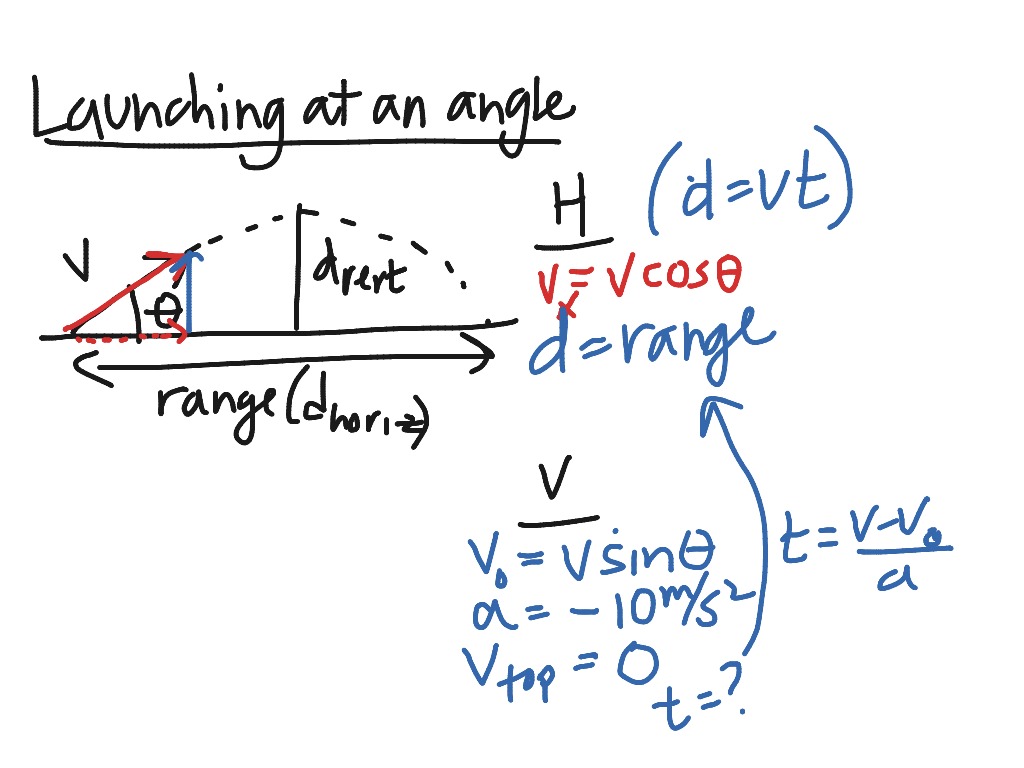

Krupp (1865–1880) of Friedrich Krupp AG at Meppen, Germany, Friedrich Krupp AG continued these test firings to 1930 to a lesser extent General Nikolai V. Of the test firing, most notably were: Francis Bashforth at Woolwich Marshes & Shoeburyness, England (1864-1889) with velocities to 2,800 ft/s (853 m/s) and M. These individual test firings were logged and reported in extensive ballistics tables. Many countries and their militaries carried out test firings from the mid eighteenth century on using large ordnance to determine the drag characteristics of each individual projectile. In 1864, the Electro-ballistic chronograph was invented, and by 1867 one electro-ballistic chronograph was claimed by its inventor to be able to resolve one ten-millionth of a second, but the absolute accuracy is unknown. In 1753, Leonhard Euler showed how theoretical trajectories might be calculated using his method as applied to the Bernoulli equation, but only for resistance varying as the square of the velocity. In his book published that same year "New Principles of Gunnery", he uses numerical integration from Euler's method and found that air resistance varies as the square of the velocity, but insisted that it changes at the speed of sound. This was a simple mechanical device that could measure a projectile's velocity. In 1742, Benjamin Robins invented the ballistic pendulum. This is the precursor to the concept of the "standard projectile". Johann Bernoulli took up this challenge and soon thereafter solved the problem and air resistance varied as "any power" of velocity known as the Bernoulli equation. Keill gave no solution for his challenge. This challenge supposes that air resistance increases exponentially to the velocity of a projectile. In 1718, John Keill challenged the Continental Mathematica, "To find the curve that a projectile may describe in the air, on behalf of the simplest assumption of gravity, and the density of the medium uniform, on the other hand, in the duplicate ratio of the velocity of the resistance". Newton's experiments were only at low velocities to about 260 m/s (853 ft/s). He showed that drag on shot increases proportionately with the density of the air (or the fluid), cross sectional area, and the square of the speed. Newton's experiments on drag were through air and fluids. Ĭirca 1665, Sir Isaac Newton derived the law of air resistance. This allowed Galileo to show that a bullet's trajectory was a curve. He found that a falling body had a constant acceleration. In 1636, Galileo Galilei published results in "Dialogues Concerning Two New Sciences". He noted that the shot trajectory was continuously curved. In 1537, Niccolò Tartaglia performed test firing to determine the maximum angle and range for a shot. ( January 2021) ( Learn how and when to remove this template message) Unsourced material may be challenged and removed. Please help improve this article by adding citations to reliable sources in this section.

This section needs additional citations for verification.


 0 kommentar(er)
0 kommentar(er)
